
Ami: Social Platform for Student Connection During Crisis
Product Impact & Business Context
Ami emerged from the urgent need to address the mental health crisis among college students during COVID-19, when 41% reported negative mental health issues and 25% contemplated suicide. This social platform was designed to foster authentic peer connections while reducing reliance on distracting mainstream social media.
My Role: Lead Product Designer | Solo Project | 6 weeks
The Challenge: Traditional social media platforms increased student anxiety and distraction during remote learning, while campus support systems became inaccessible. Students needed a purpose-built solution for academic and emotional connection without the comparison triggers of existing platforms.
Research Foundation & Market Insights
Understanding the Crisis

The mental health landscape for college students was already concerning before the pandemic. Research from the American College Health Association showed that 25.9% of students experienced anxiety and 31.9% reported stress, with 63.2% feeling very lonely. When COVID-19 struck, these numbers became critical.
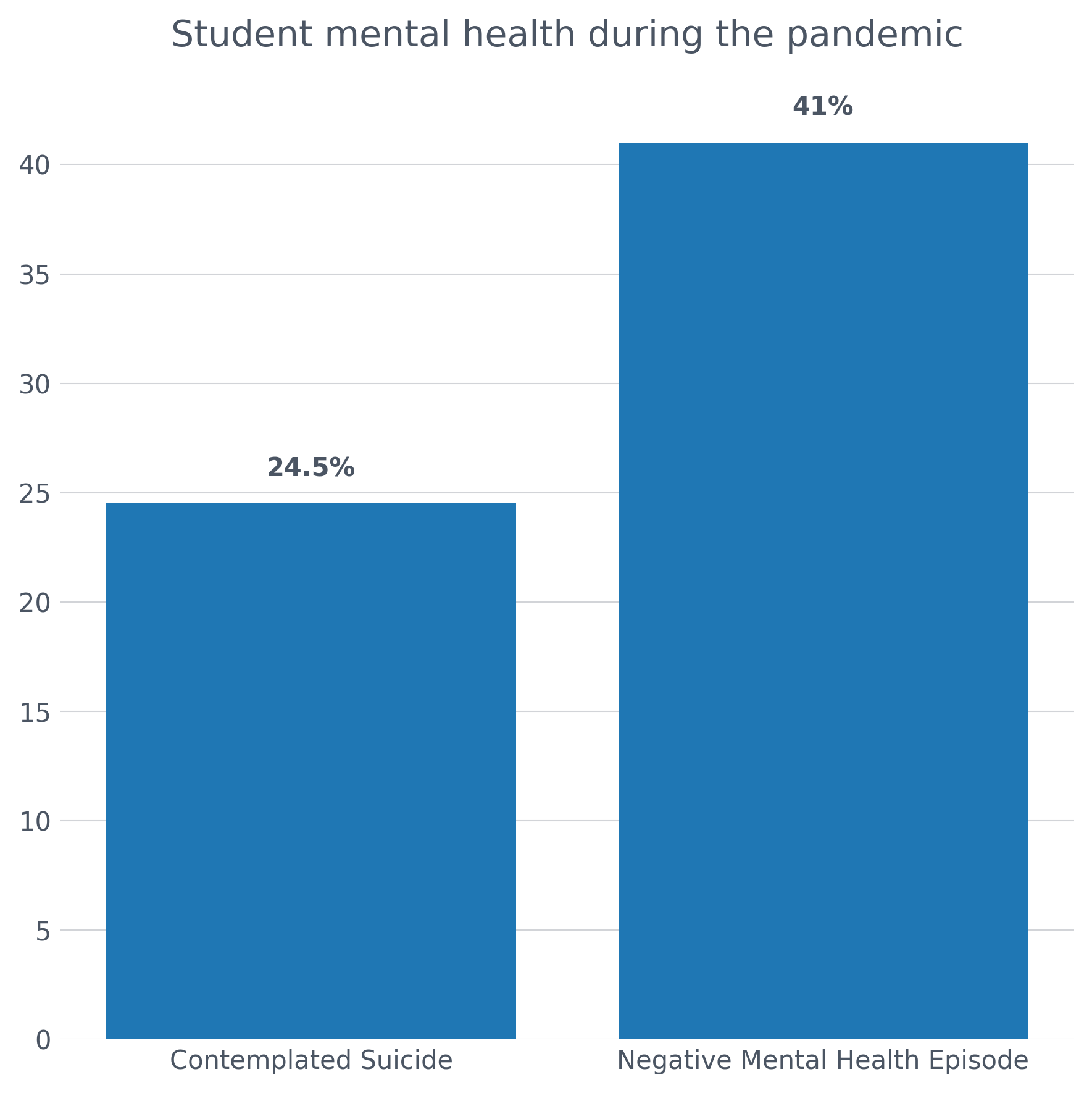
New CDC research revealed the severity of the crisis: 41% of college students reported negative mental health issues, with one in four seriously contemplating suicide during June 2020. This data validated the urgent need for intervention solutions that could reach students in their existing digital habits.
Digital Behavior Patterns
Students were already heavily engaged with mobile technology, but not always productively. Research showed that 75% sent emails or checked time during class, 70% used social media, and 60% admitted potential phone addiction. This presented both a challenge and an opportunity: how might we redirect this engagement toward meaningful connection rather than distraction?
Primary Research Insights
Through 30-minute video interviews with six students and a screening survey of 41 respondents, several critical themes emerged. Students spoke about social media’s complex role in their lives—simultaneously connecting and isolating them. The shift to remote learning had disrupted their natural support networks, making peer connection and study groups difficult to form and maintain.
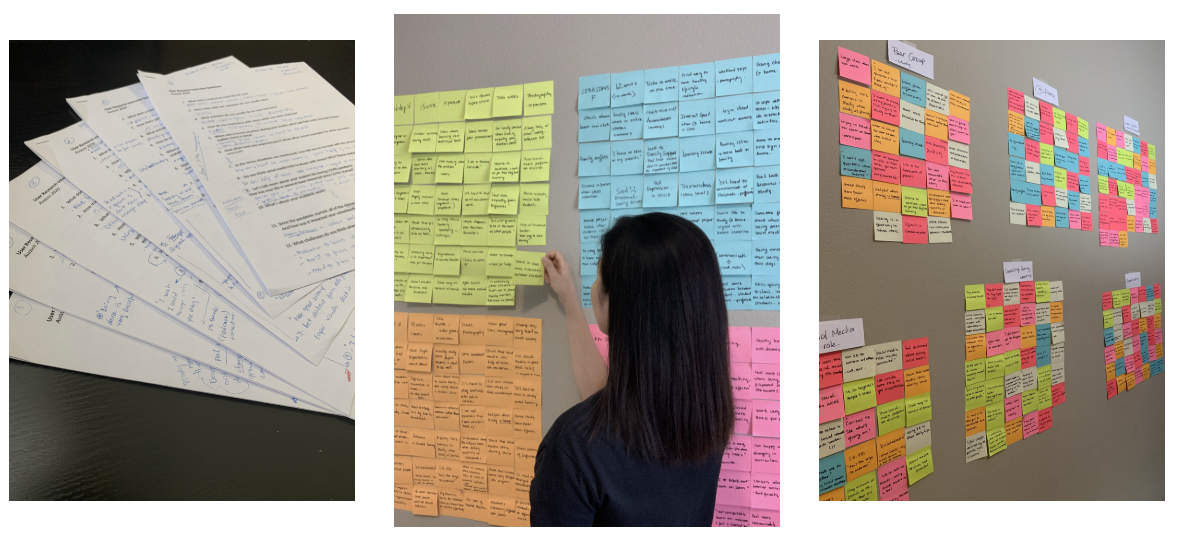
The research revealed that students weren’t just struggling with academic challenges; they were navigating fundamental changes in how they related to their educational community. The need for emotional support was intertwined with academic collaboration, suggesting that effective solutions would need to address both dimensions.
User Understanding Through Empathy
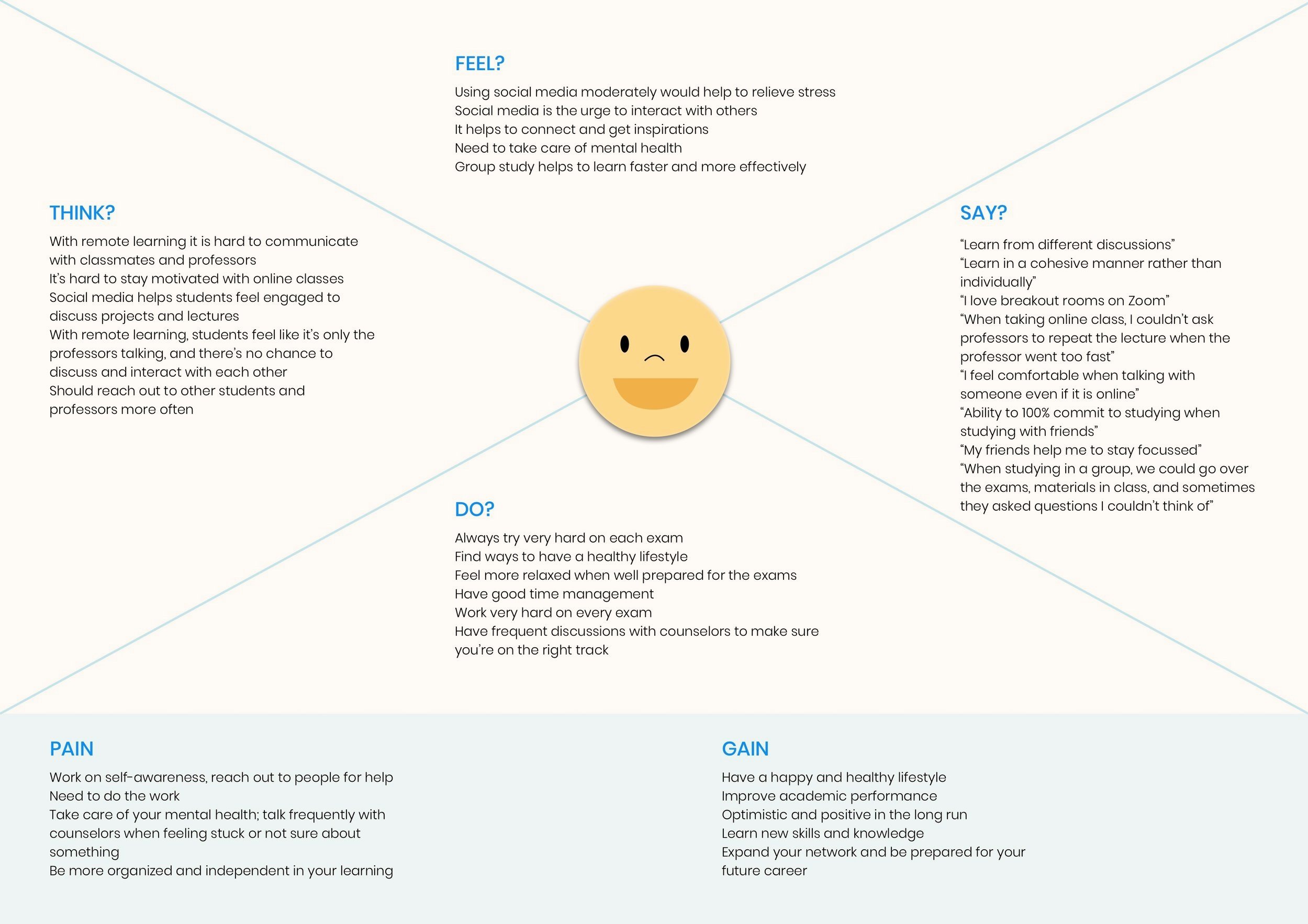
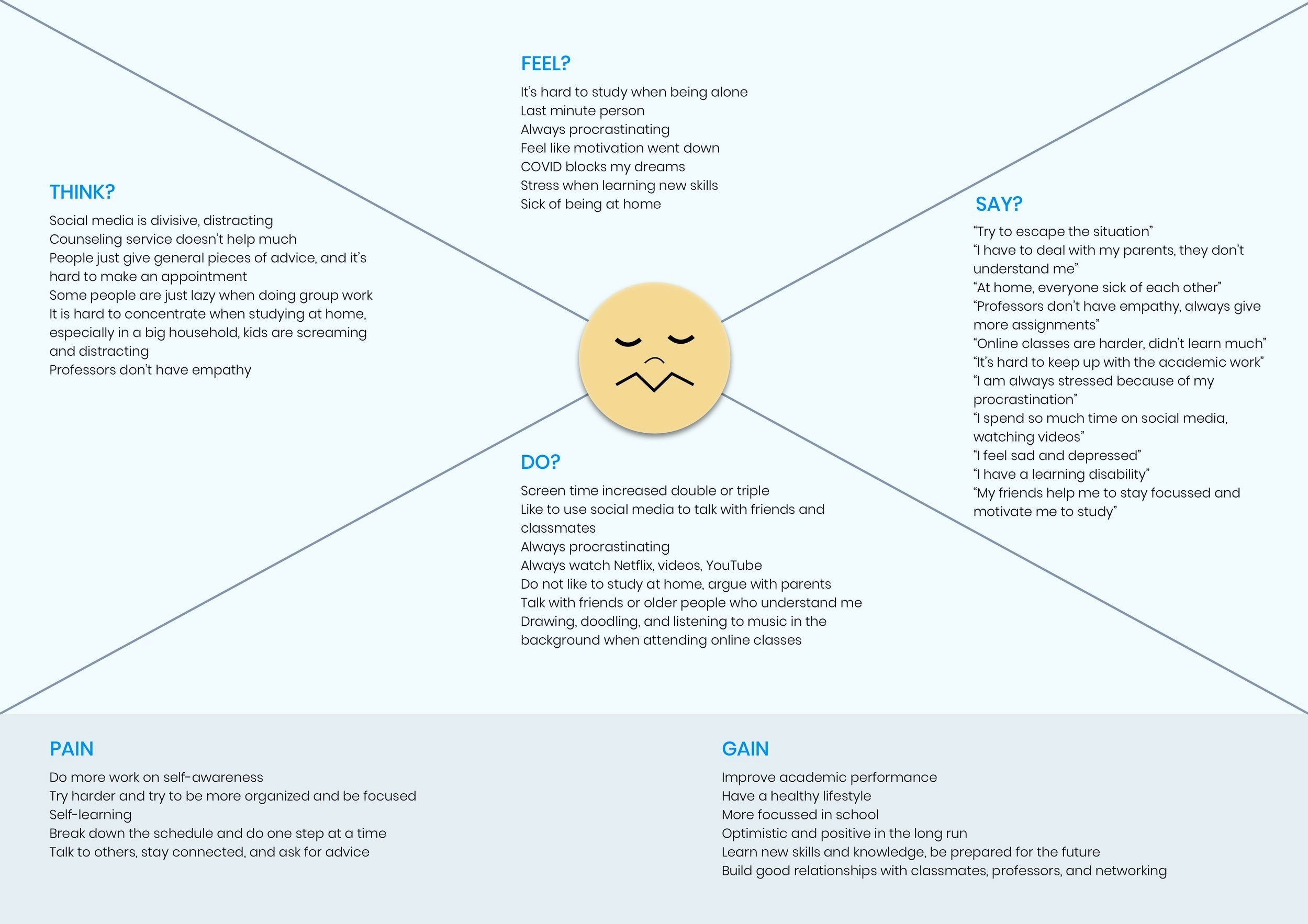
Empathy mapping revealed two distinct emotional patterns among students. Some maintained optimism and actively sought connection, while others experienced denial about their struggles and resisted traditional support systems. This insight proved crucial for designing an inclusive platform that could serve different coping styles.
Strategic User Personas
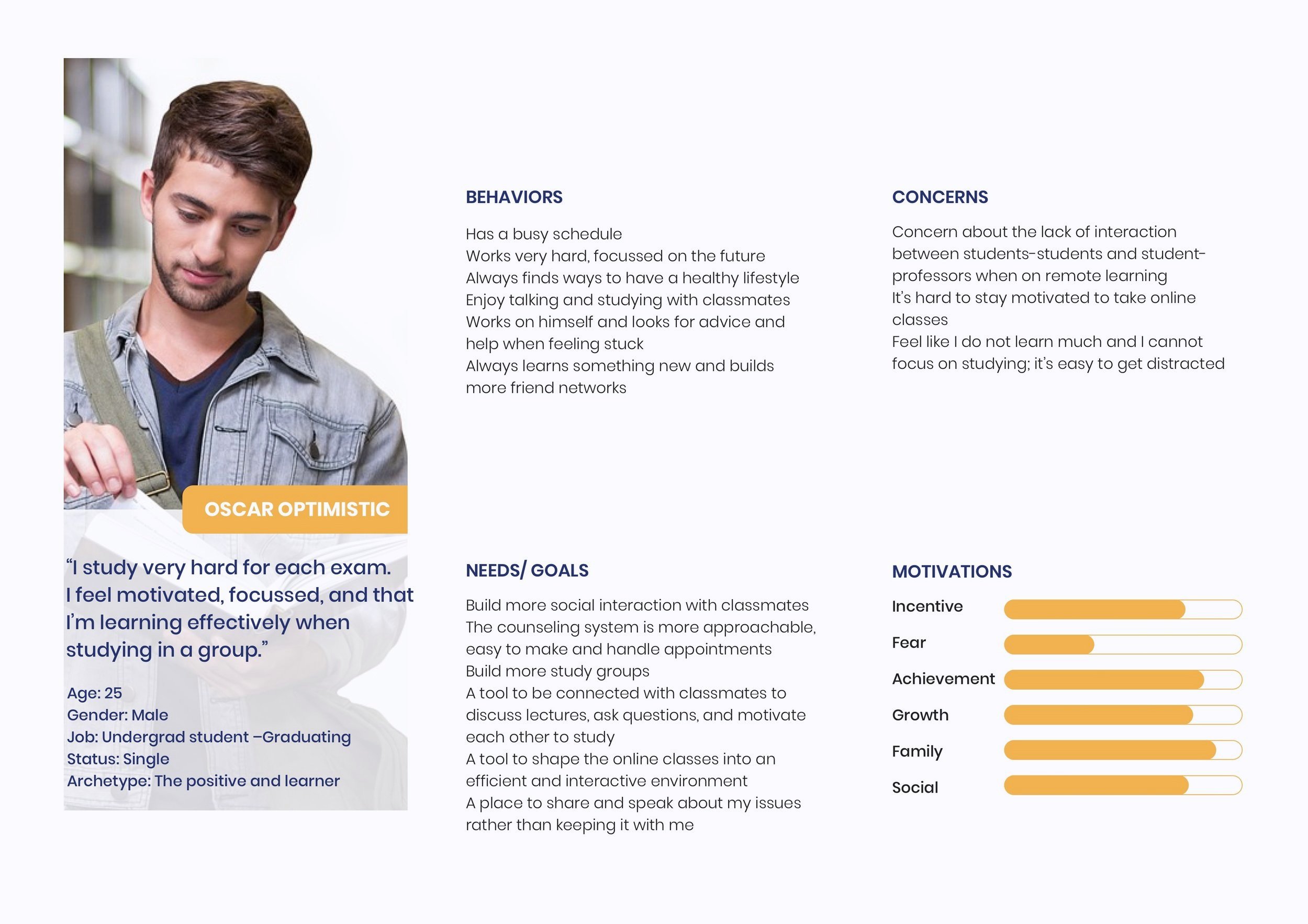
Oscar represents students who acknowledge challenges and actively seek solutions. He’s open to trying new platforms and values authentic connection over superficial social media interactions.

Grace embodies the more resistant user type—struggling with mental health but skeptical of traditional support systems. Her needs required more subtle, peer-driven approaches rather than direct intervention.
Product Strategy & Solution Design
Defining the Opportunity
The central design challenge became: “How might we create a social platform for students to remotely interact with classmates and campus resources for emotional support?”
This framing shifted focus from treating symptoms to building sustainable peer networks that could provide ongoing support throughout the academic experience.
Strategic Design Decisions
Research revealed that students spent significant time on mobile devices, making a mobile-first approach essential. However, rather than competing with existing social platforms, Ami would differentiate through purpose-built features for academic and emotional connection.
The platform needed to serve four primary functions: connecting classmates within academic contexts, providing distraction-free communication channels, building lasting networks beyond individual courses, and delivering relevant campus information and support resources.
Design Process & User Experience
Conceptual Development
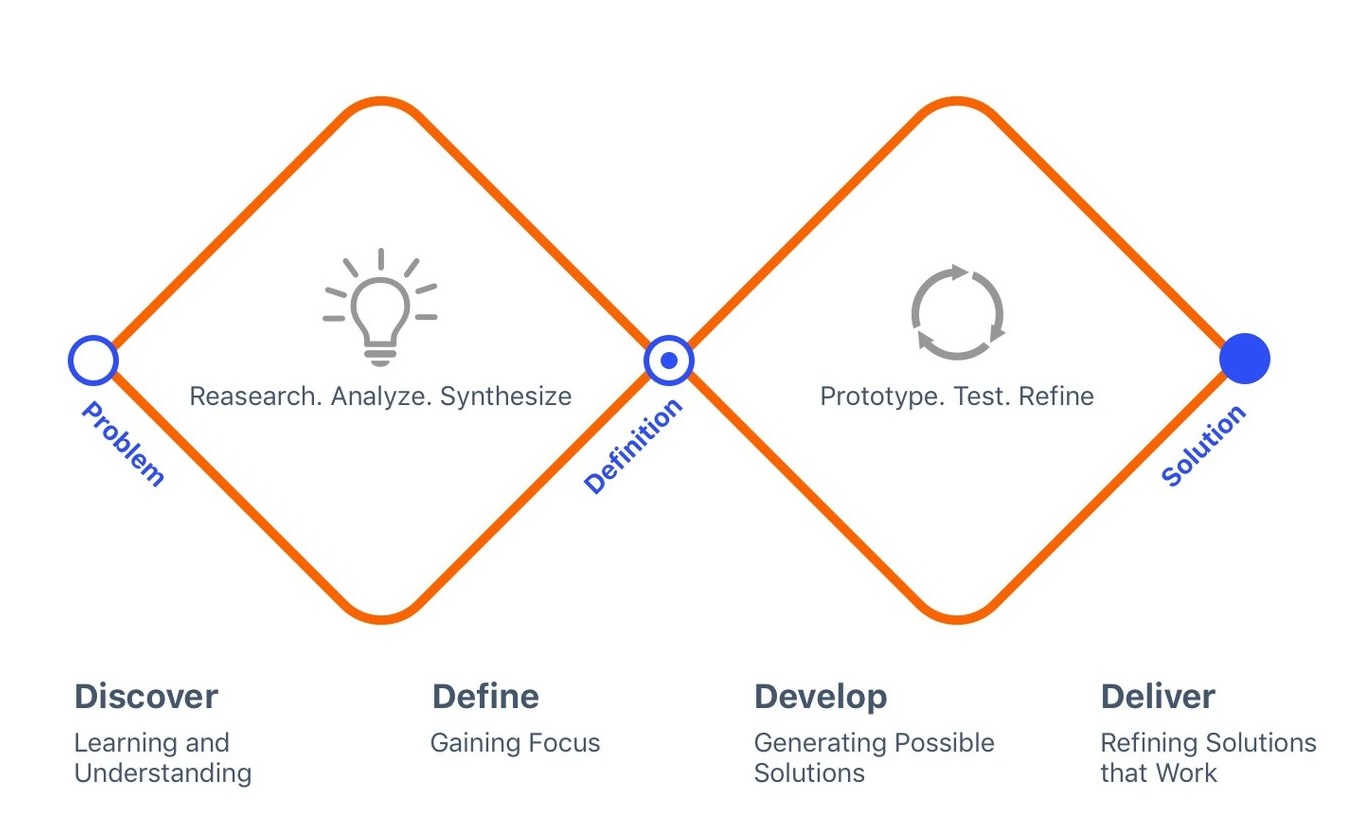
The Double Diamond methodology ensured thorough problem exploration before solution development. Each phase maintained focus on user needs rather than technological possibilities, leading to more grounded design decisions.
Ideation

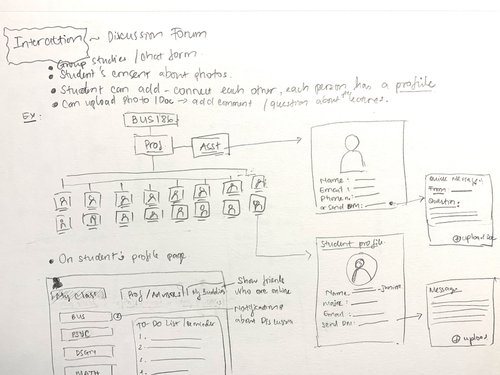

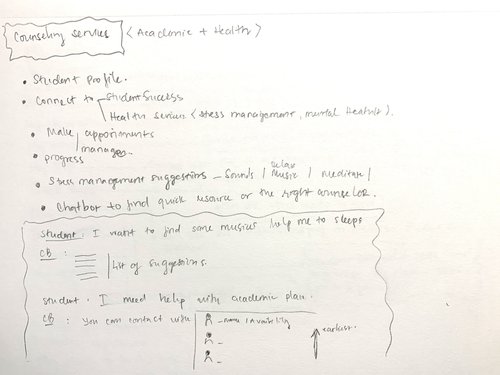
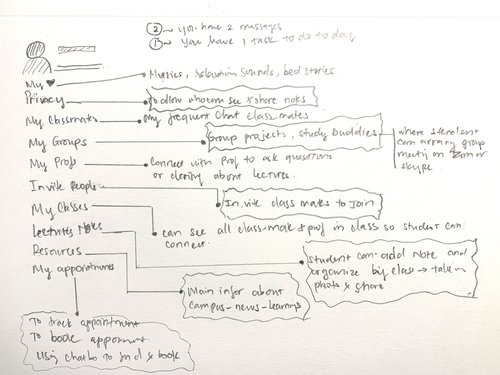
Initial sketching explored various approaches to organizing student connections, from class-based groupings to interest-driven communities. The goal was finding the right balance between academic focus and social flexibility.
Sitemap Design
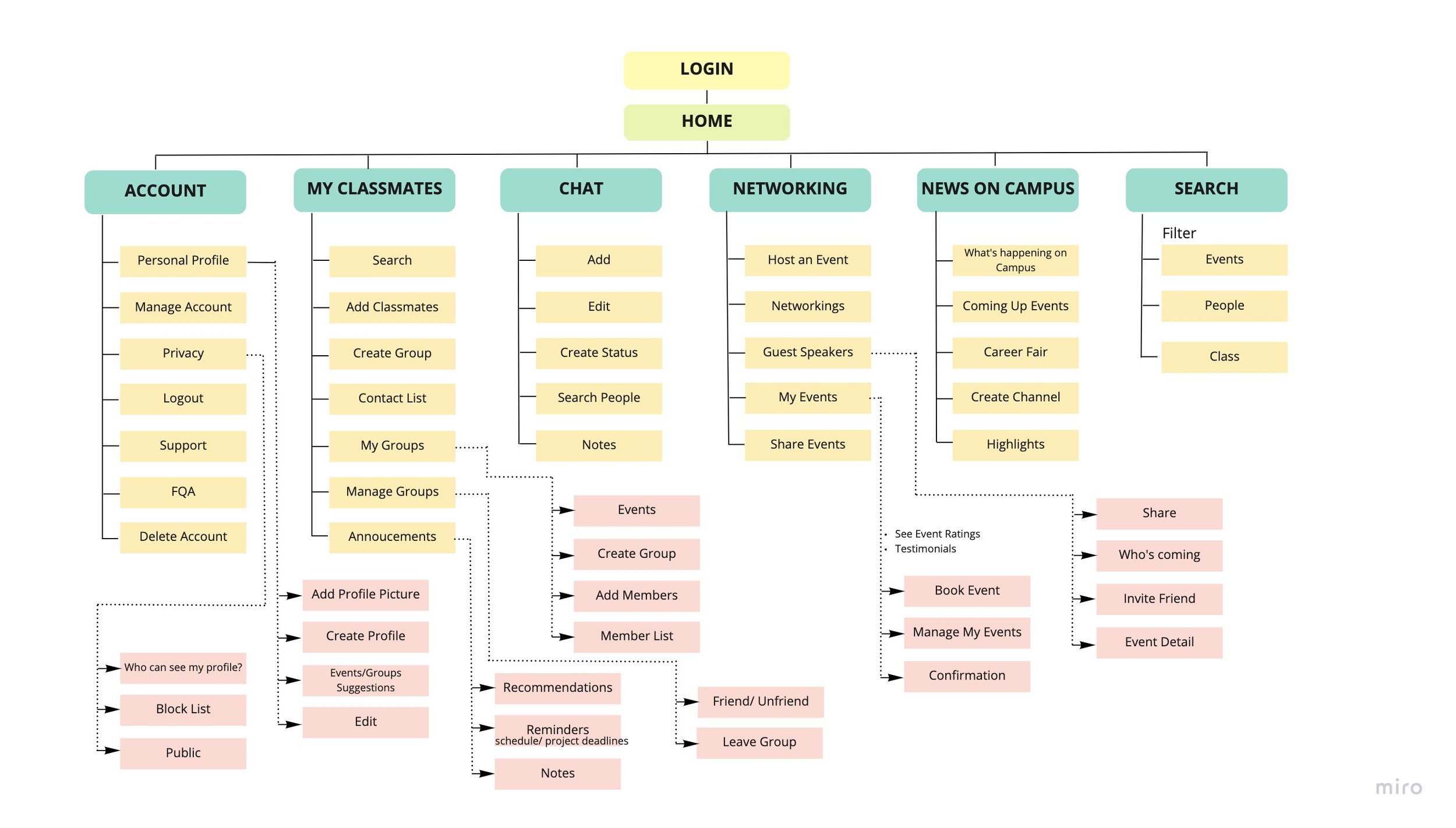
User Flow Design
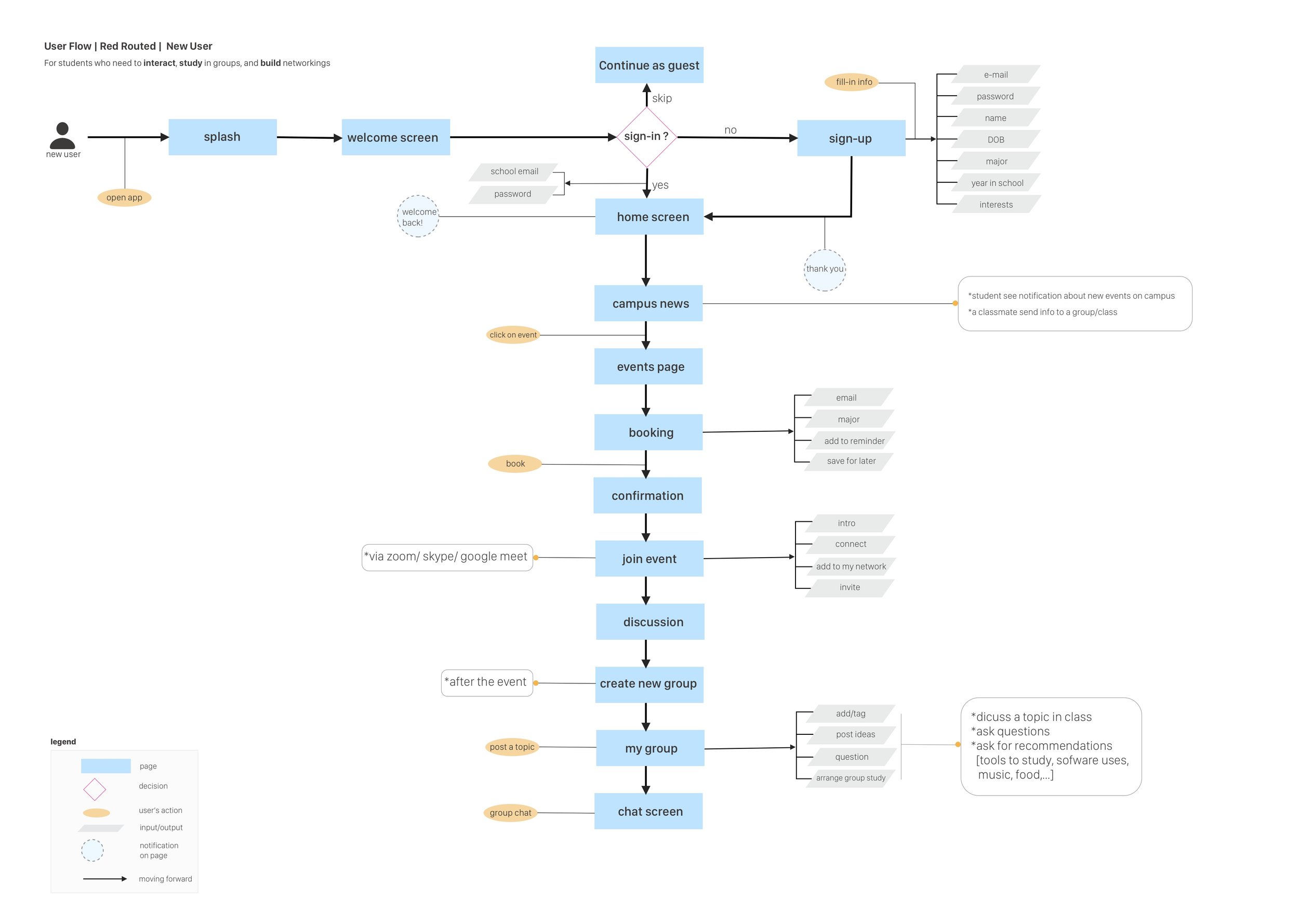
User flows mapped the critical paths students would take through the platform, focusing on the most valuable interactions: attending virtual events, forming study groups, and accessing emotional support. Each flow needed to feel natural and unforced, respecting students’ autonomy while facilitating meaningful connections.
Iterative Design Development
Early guerrilla usability testing with paper prototypes revealed navigation challenges and unclear interaction patterns. Five students from San Jose State University provided feedback that shaped the interface design, particularly around making social features feel less intimidating for anxious users.
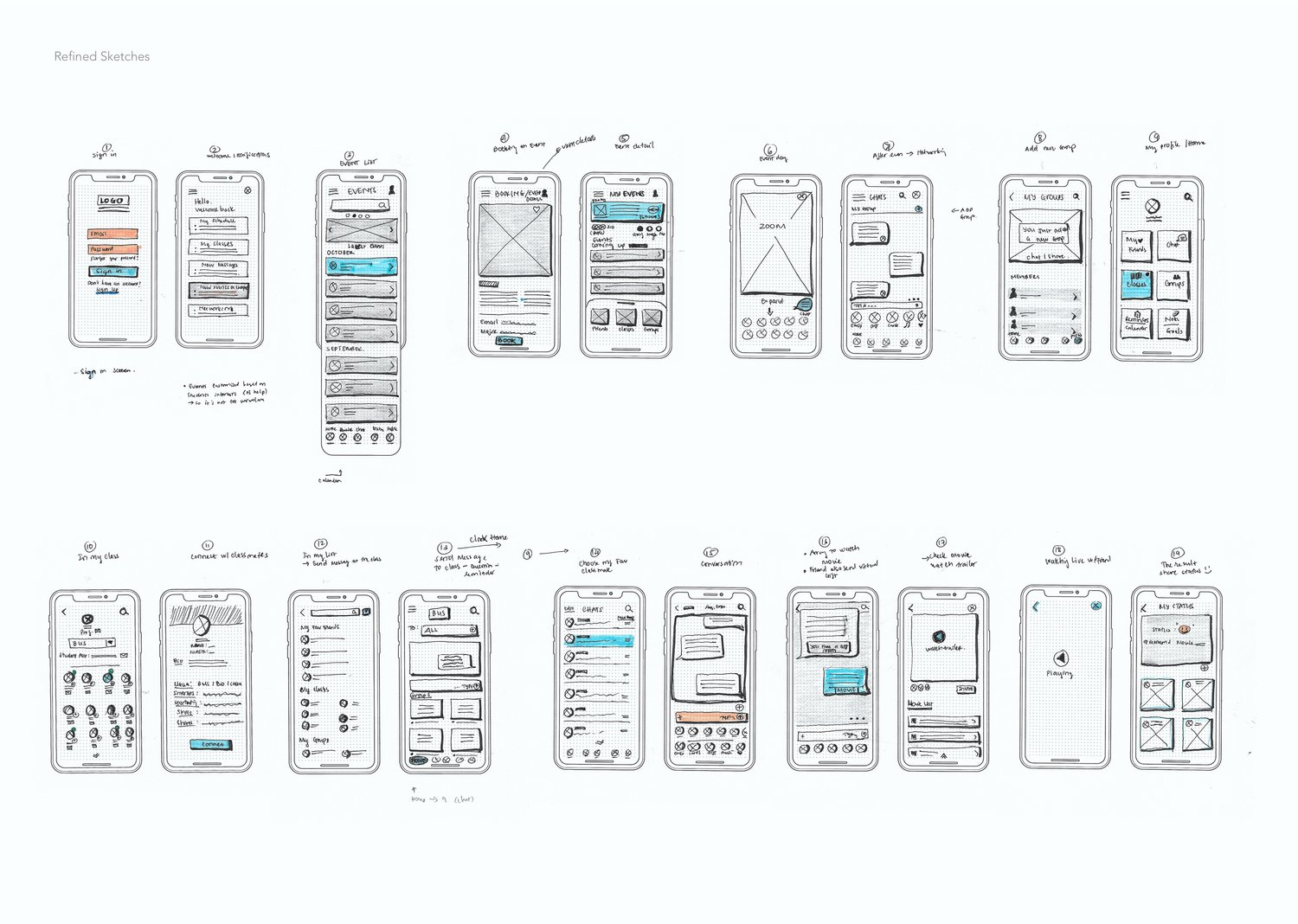
Wireframe Development
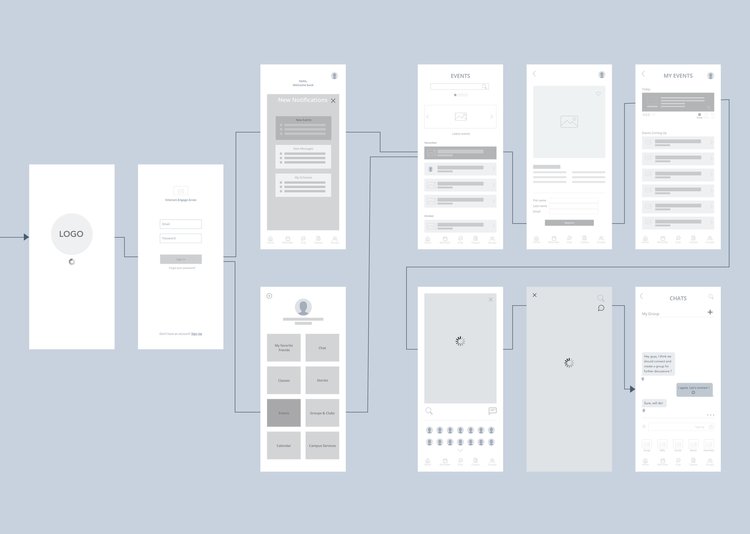
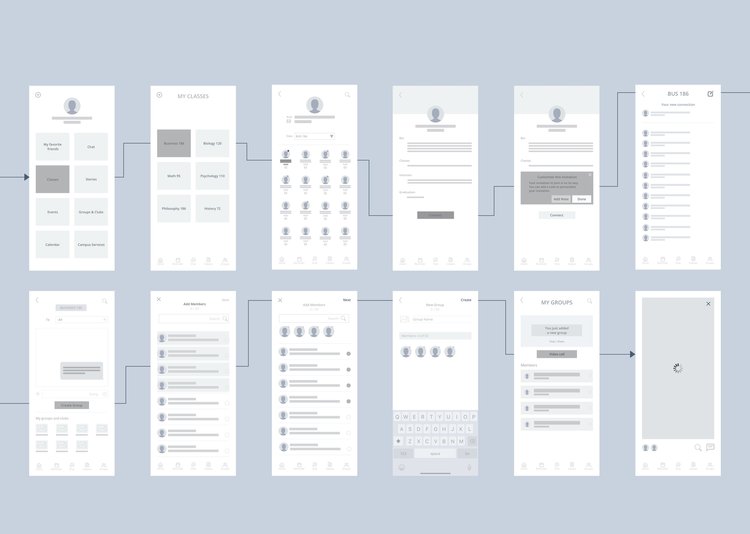
Wireframing focused on creating clear pathways between academic and social features, ensuring that students could seamlessly move from class-related activities to broader community engagement.
Visual Design & Brand Identity
Moodboard
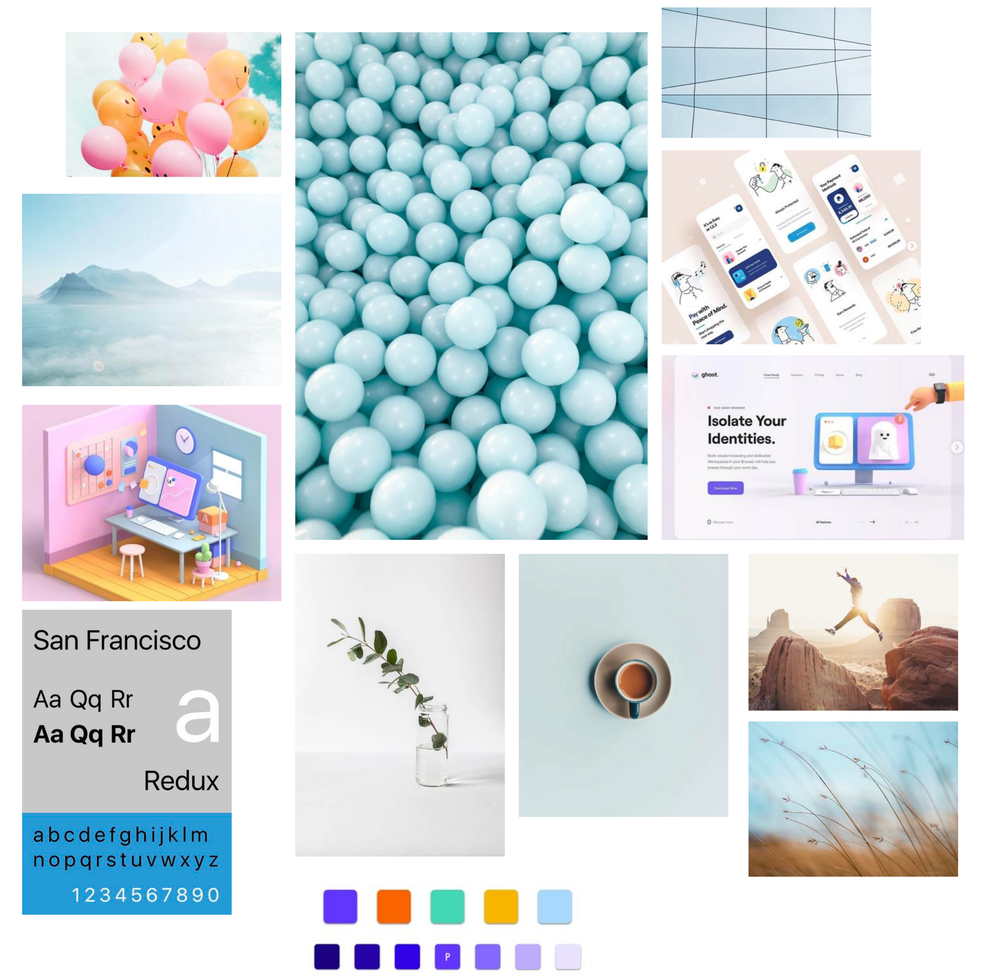
The visual approach needed to feel welcoming and energetic without triggering anxiety or comparison behaviors common in social media. Warm, approachable colors and gentle typography created an environment that felt safe for vulnerable sharing.
Design System Development
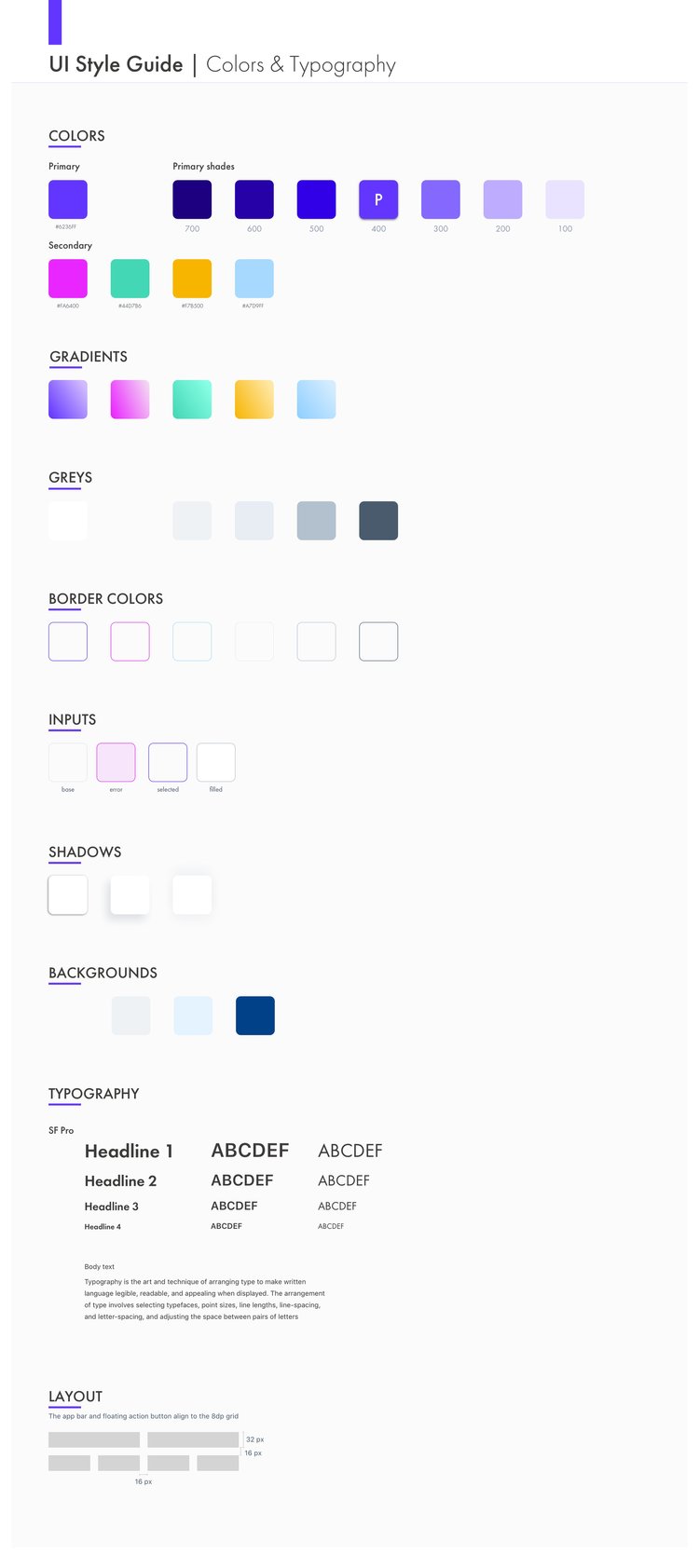
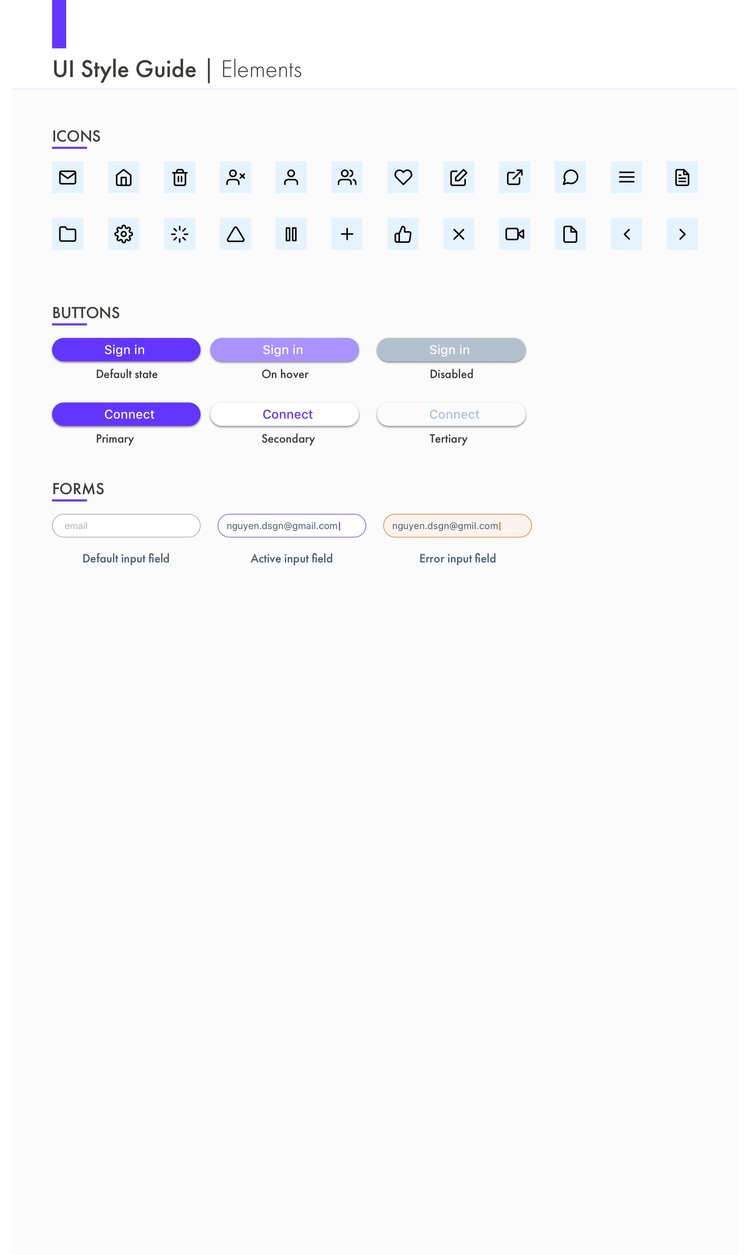
Brand Strategy
The name “Ami” derives from the French word for friend, positioning the app as a supportive companion rather than another social network. This metaphor influenced every design decision, from interaction patterns to visual styling.
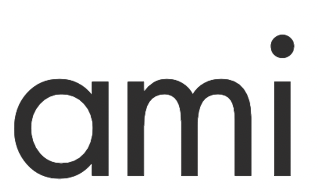
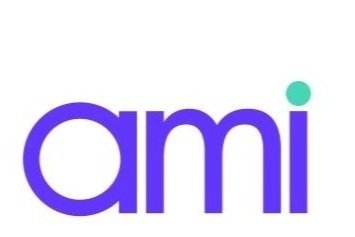
The logo, modified from Futura typeface, emphasized geometric simplicity and friendliness. The design avoided aggressive or overly playful elements that might alienate students in crisis.
Validation Through Testing
Prototype Evolution
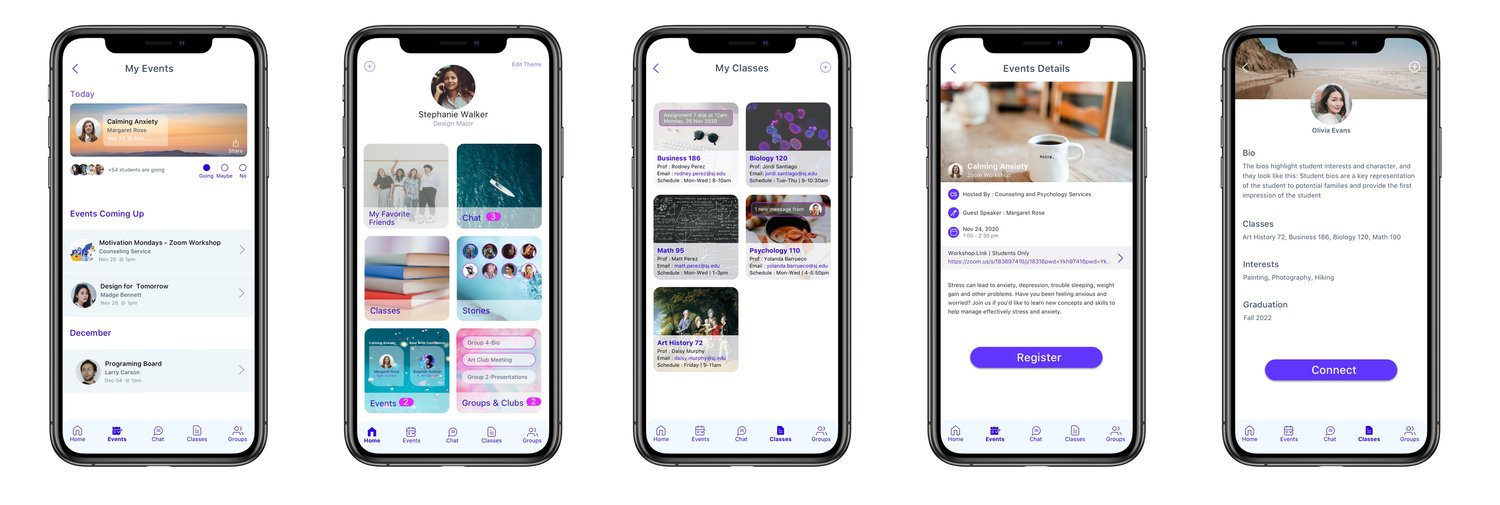
Initial prototypes tested core interaction patterns with five students across two testing rounds. Remote testing methods proved essential given COVID restrictions, but also provided authentic context for how students would actually use the platform.
Key Insights from Testing
Users consistently needed clearer navigation cues and confirmation feedback for social actions. The anxiety around social interaction required more explicit system status indicators and user control over visibility and engagement levels.
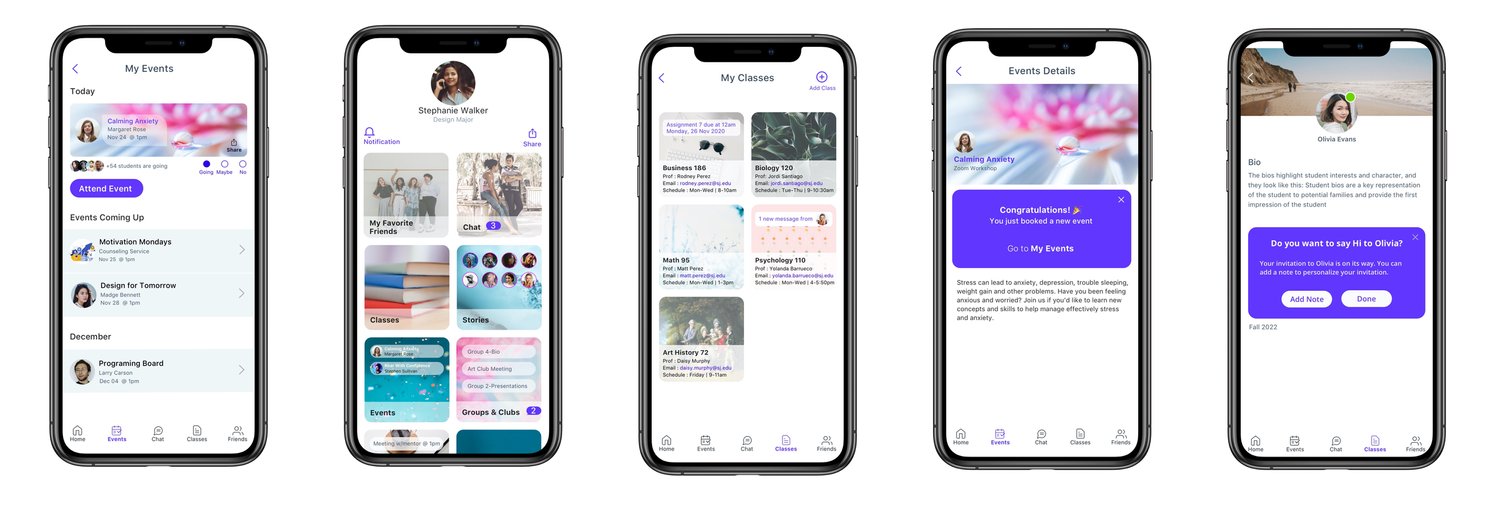
Testing revealed specific improvements needed: adding explicit “Attend Event” buttons, labeling ambiguous icons, creating better visual contrast, providing clear system status feedback, and enabling message customization to support different communication styles.
Final Product Experience
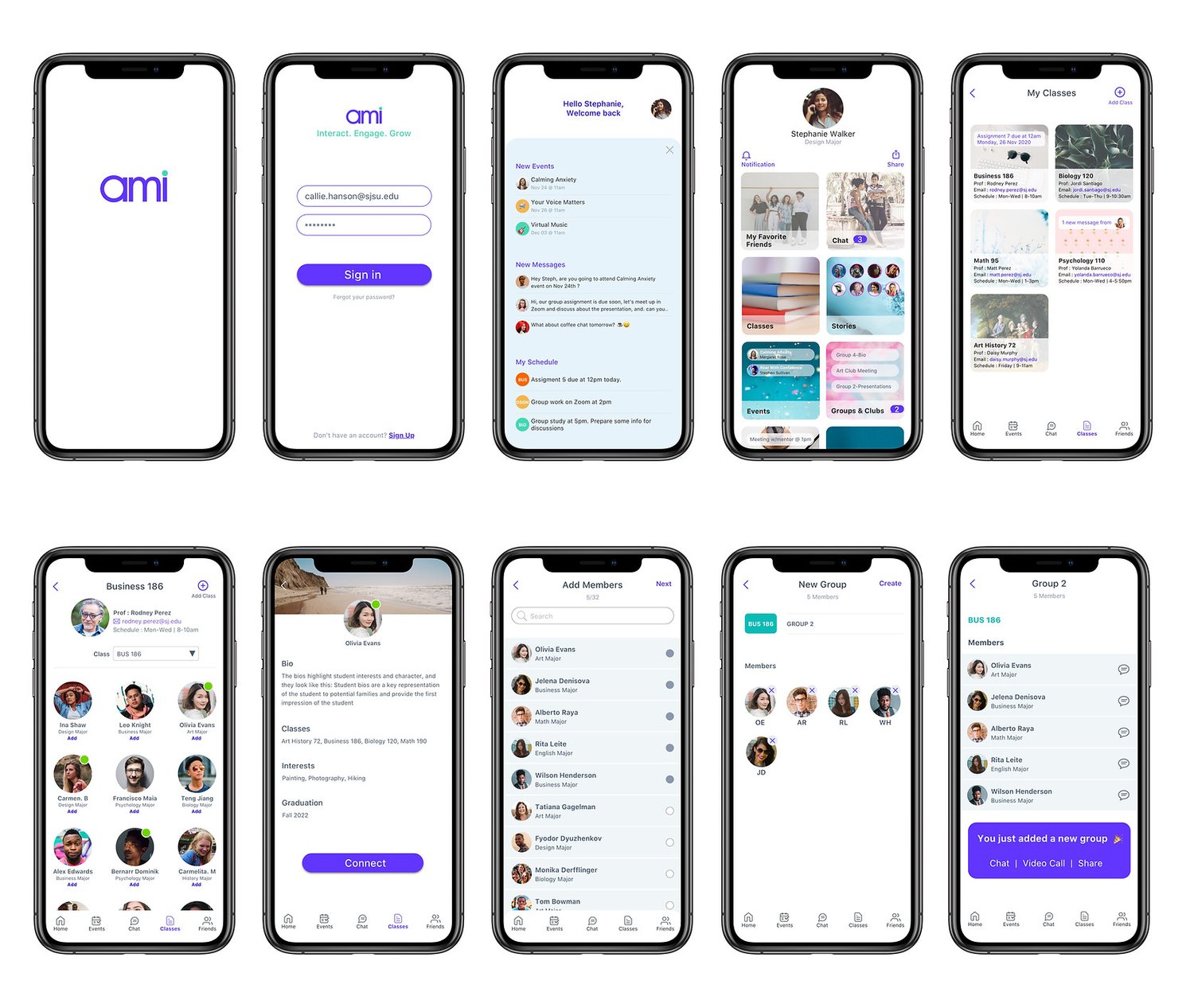
Product Impact & Strategic Learning
Validated Outcomes
Student feedback confirmed the platform’s core value proposition. Users experienced genuine community building and appreciated opportunities for natural interaction without social media pressure. The entertainment features and always-available peer support addressed key emotional needs identified in research.
Most significantly, the platform successfully reduced reliance on distracting social media for academic communication, helping students maintain focus while staying connected to their educational community.
Design Process Insights
This project reinforced the critical importance of deep user research, particularly when designing for vulnerable populations. Students’ needs were more complex than initially assumed, requiring solutions that balanced social connection with academic focus and mental health support.
Usability testing proved especially valuable because students often couldn’t articulate their exact needs upfront. Observing their actual interactions revealed gaps between stated preferences and behavioral patterns, leading to more effective design solutions.
Strategic Innovation
Ami demonstrated that purpose-built social platforms could serve specific user needs more effectively than adapting existing tools. By focusing on academic and emotional connection rather than broad social networking, the platform created value that mainstream social media couldn’t provide.
The project validated that crisis-driven design opportunities often require fundamental rethinking of existing paradigms rather than incremental improvements to current solutions.
This experience highlighted how thoughtful product design can address urgent social needs while respecting user autonomy and diverse coping strategies—principles that inform all subsequent design work.